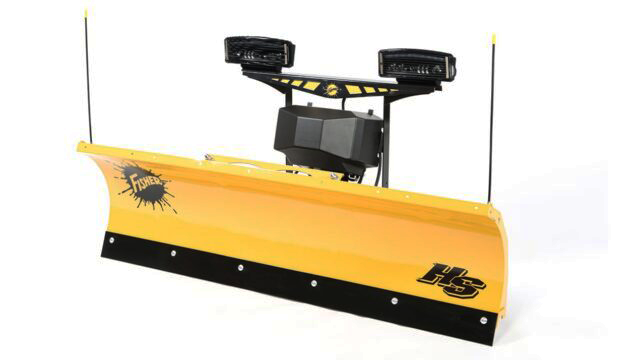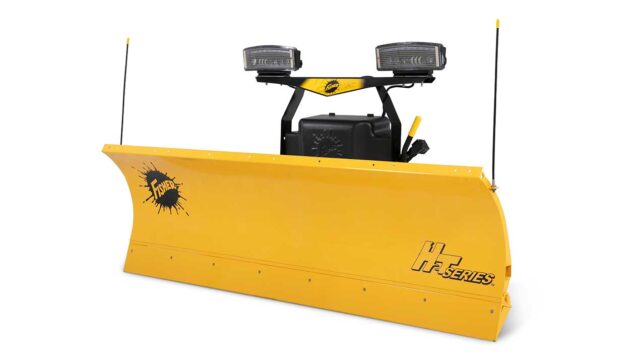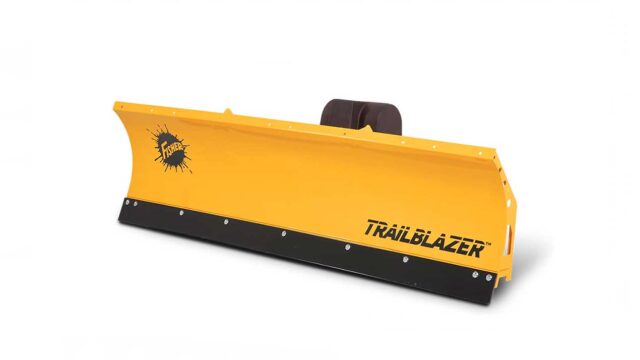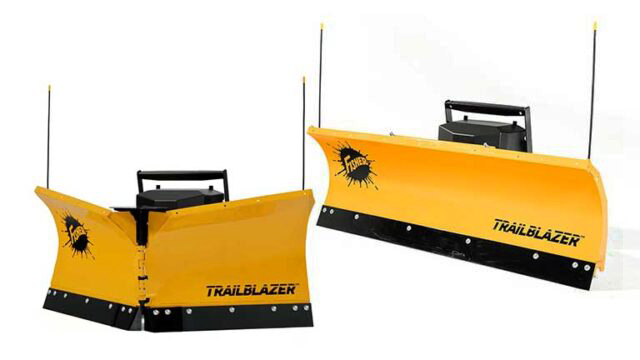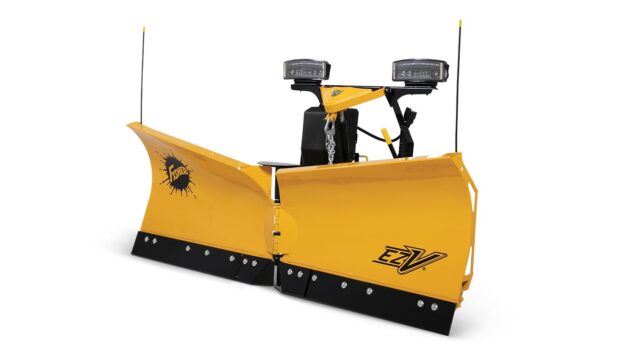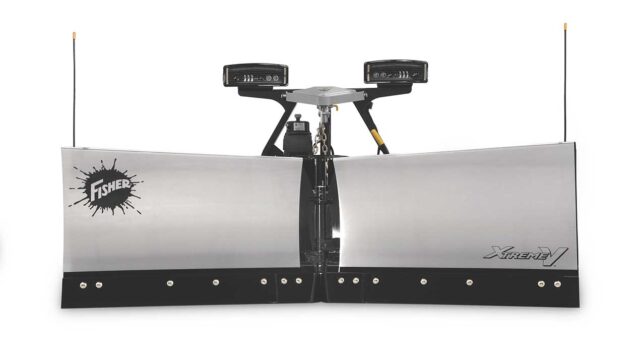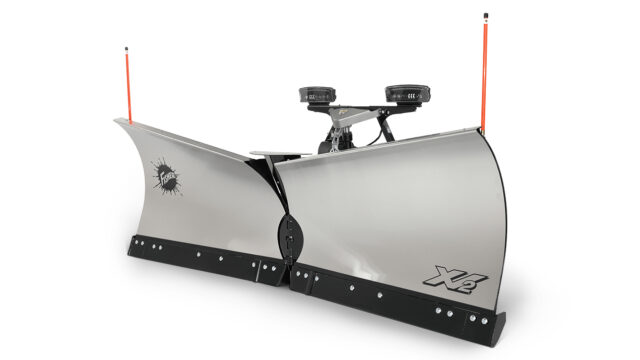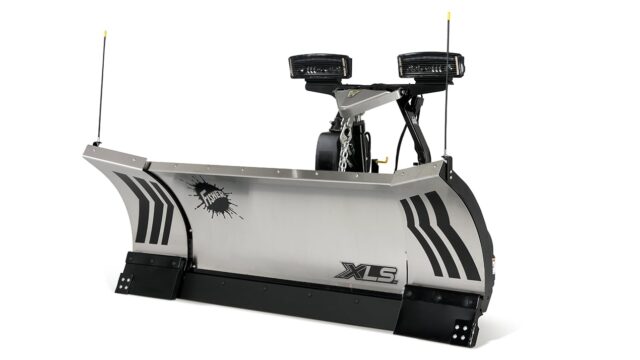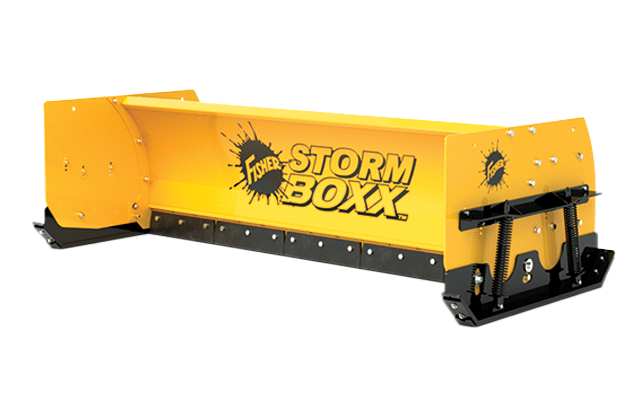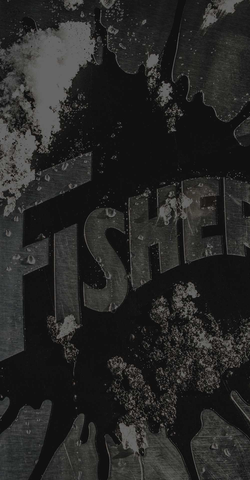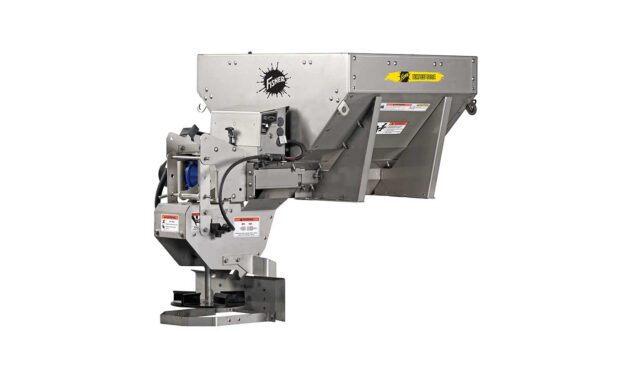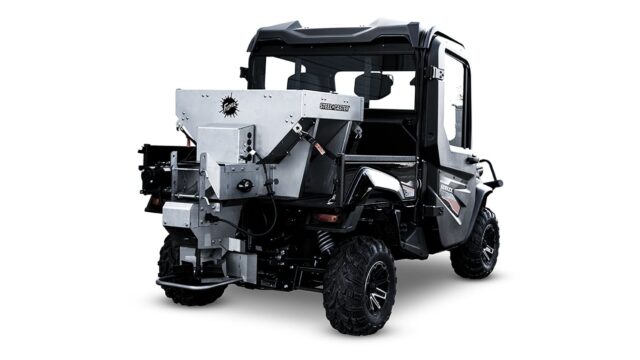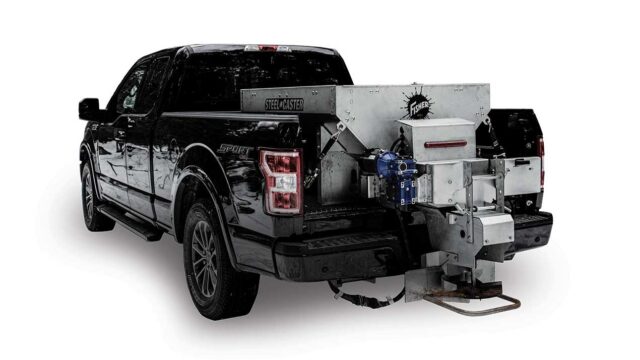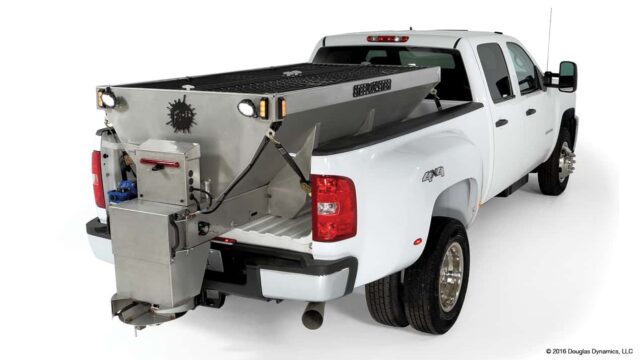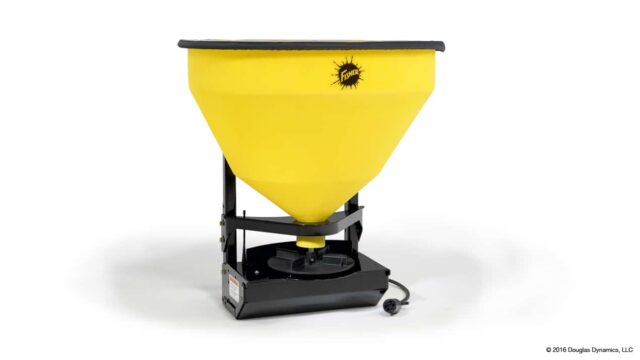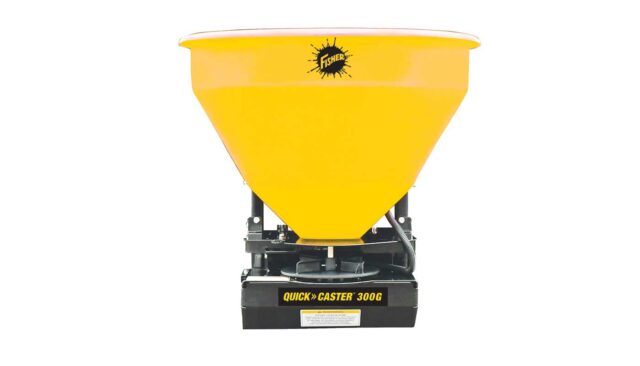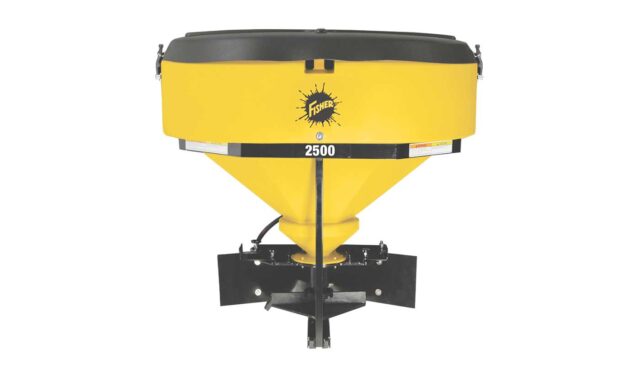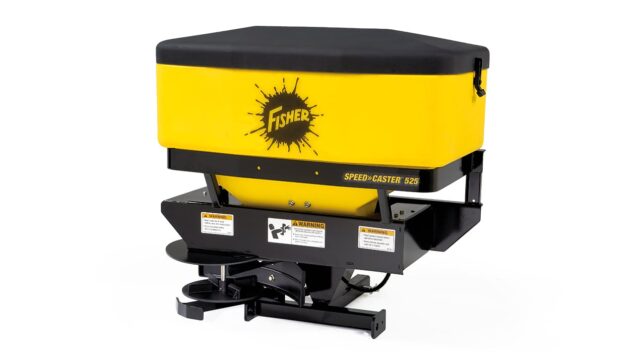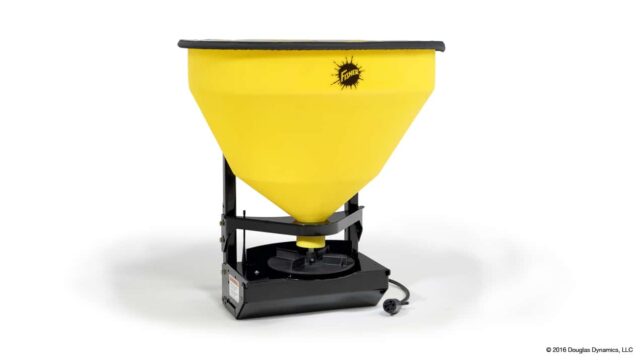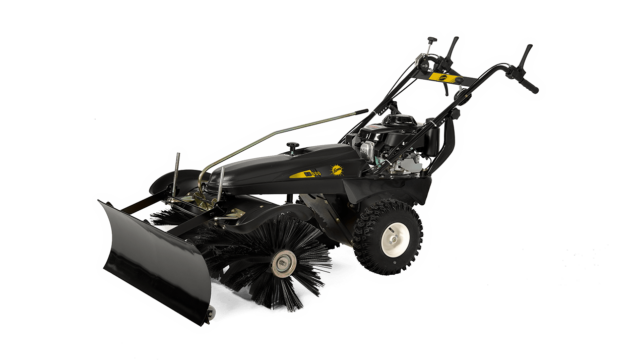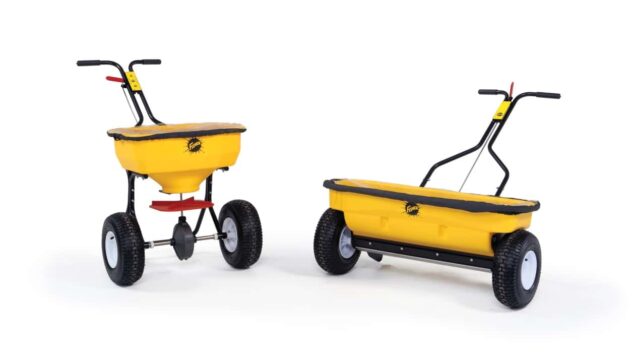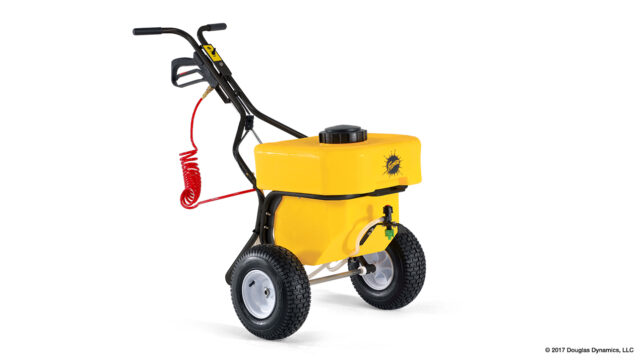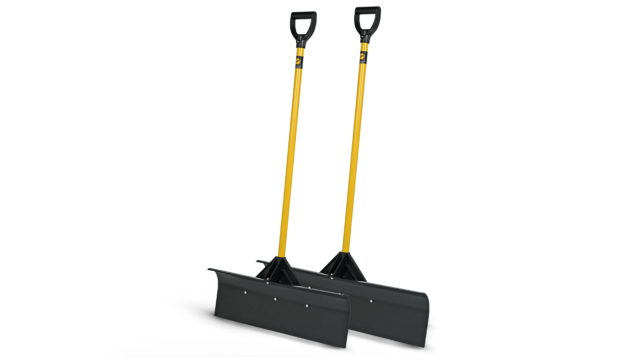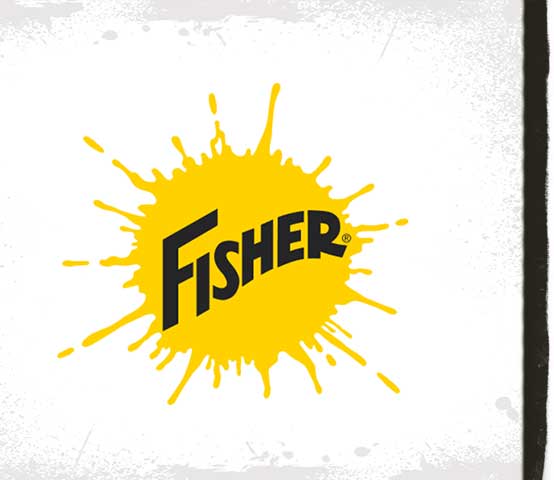5 Ways to Boost Your Salting Game This Winter
Created September 30, 2020

Practice makes perfect when it comes to snow and ice control. Once you understand basic ice control techniques and how standard equipment operates, it’s time to start thinking outside the box in order to boost your salting game. Whether it’s knowing the right approach for various storm types or finding the right accessories for your setup, it can make a world of difference in your performance.
Knowing When to Use the Anti-Icing or Deicing Approach
Each storm is different so the approach has to be too. Due to certain weather conditions and the duration of the snowfall, there may be times when you need to alter your salting strategies to be more proactive or reactive. Like almost everything in the snow and ice industry, it’s usually better to be safe than sorry.
1. Anti-Icing with Liquid Brine: This preventative measure allows you to tackle ice before it forms. Liquid brine is often used by municipalities to prevent ice from bonding to roads and highways, but is becoming more popular among residential and commercial properties as well. It takes less resources and manpower to anti-ice than it does melt ice once it forms. Anti-icing measures are ideal for below freezing temperatures and in rainy, cold conditions where black ice is likely to form.
2. Deicing With Pre-Wet Salt: Although salt always works, the time it takes to form brine and start melting ice is critical. If you’re not ready to get into the world of liquids just yet, a great middle of the road approach is deicing with pre-wet Climate has a significant impact on salt effectiveness—if there isn’t enough moisture in the air, it could take up to 48 hours to start working. Once temperatures drop below 15°F, you’ll need a specialty ice melt product or pre-wet system to activate the salt and allow it to work quicker. Straight brine usually works well above 15°F but once it gets colder, you may want to include an additive like calcium chloride.
There are numerous advantages to taking a pre-wet approach:
- The salt sticks to the pavement better with less bounce and scatter of salt crystals, reducing waste and potential damage to grass and foliage near curbs.
- Cut down on the amount of material needed to get the job done, saving money and minimizing the environmental impact.
- Melt ice at lower temperatures and activate the deicing properties of salt sooner, making each application more efficient and effective.
Looking for a product that offers both solutions? The STEEL-CASTER™ 0.7 cu yd Hopper Spreader gives you the best of both worlds with a 50-gallon pre-wet and direct liquid application kit. Gain the ability to pre-wet materials or spray brine directly onto surfaces for anti-icing applications.
The Difference Between a Drop Spreader & a Broadcast Spreader
Each spreader type is built for a specific intent. Broadcast spreaders are very common for truck hoppers and tailgates since the operator can cover more area in less time. This is ideal for large parking lots and driveways when you want a wider spread width. Drop spreaders are intended for narrow sidewalks and walking paths when precision is needed. Instead of scattering salt, it drops it straight down to the pavement with minimal bounce in order to reduce damage to nearby grass and landscaping.
Accessories That Make a Big Impact
Hopper and tailgate spreaders work well on their own, but some circumstances related to weather or material type may require additional accessories to improve performance.
3. Improve Material Flow: When using lower quality bulk salt, salt sand mix or other non-salt materials, the spreader is more prone to bridging (salt) and compaction (sand, gravel, etc.) A poly spreader can usually combat these issues due to its smooth surface but still may benefit from an inverted V or vibrator commonly found in stainless steel hoppers.
- Inverted V: Relieves compaction and downward pressure, keeping sufficient material weight off the conveyor—while allowing material to flow in from the side.
- Vibrator: Designed to move stubborn material, the vibrator shakes the hopper contents to prevent bridging and improve flow.
4. Be Aware of Your Surroundings: Lighting serves two purposes, safety and visibility. Not only does this make you aware of your surroundings but more importantly, makes others aware of you.
- Safety: Strobe lights, beacons and other flashing safety-oriented lights make your vehicle visible to pedestrians and other vehicles when you are operating. Amber is the yellowish color that people associate with caution and are commonly seen at construction sites or high traffic areas where workers are present.
- Visibility: Work lights help to bring visibility to the back of the vehicle so contractors can see the results of the work being performed. This could include illuminating the spread pattern during operation or lighting the back of the truck while unloading extra salt after a storm.
5. Easy Access for Ongoing Maintenance: A central point grease kit is available for the POLY-CASTER™ and larger STEEL-CASTER™ hopper spreaders in 0.7 and 1.5 – 6.0 cu yd capacities. It creates less hassle for regular maintenance that is essential to bearing life and will keep the equipment running smooth throughout the season.
When you’re ready to take your salting game to the next level, FISHER® has your back. Accessorizing your equipment and taking the right approach can improve your performance in numerous ways. Pair that with proper maintenance and preparation, and you’ll be ready for whatever winter throws at you.
